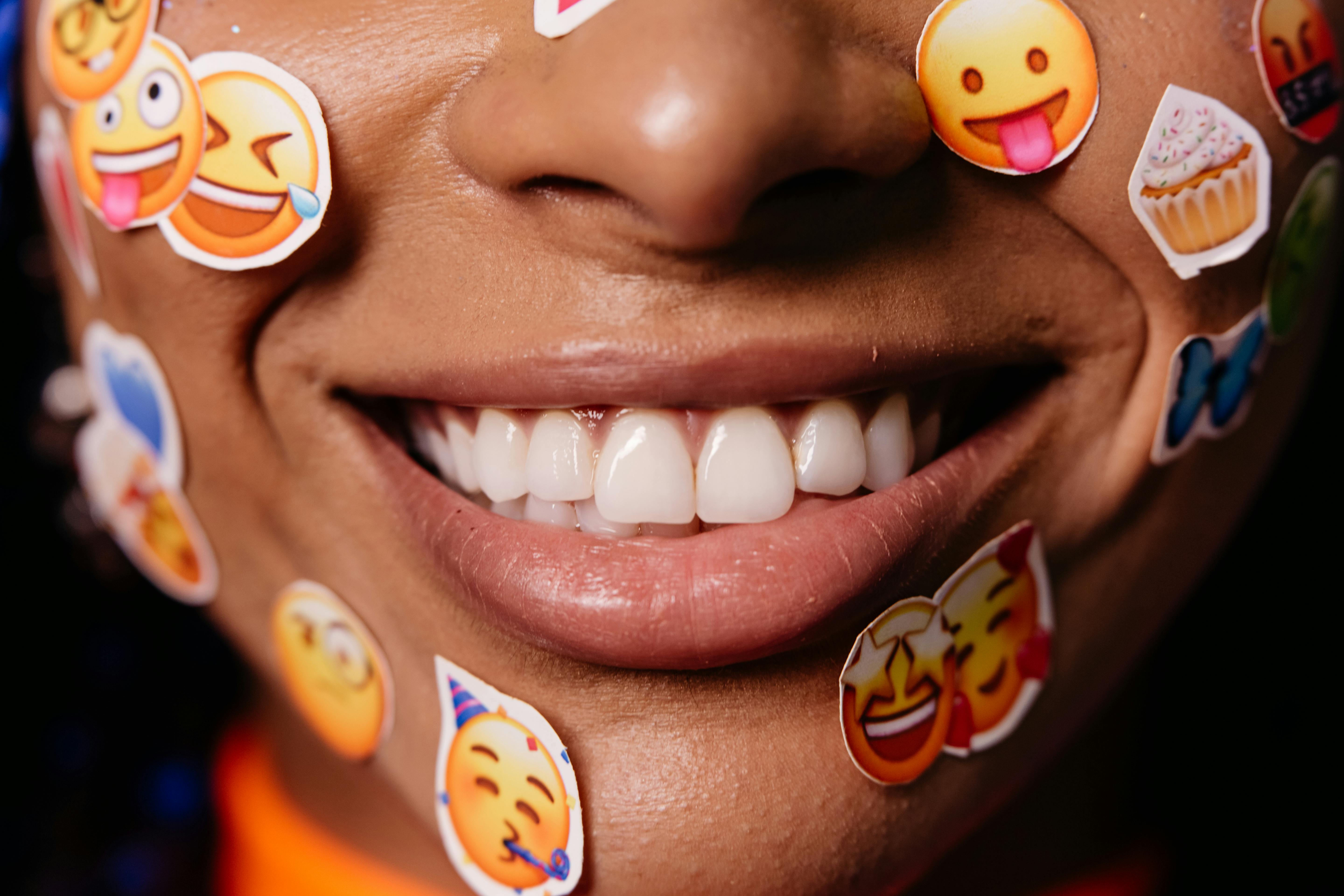The Silent Language of Emoticons: Unraveling the Societal Impact
Dive into the fascinating universe of emoticons and their impact on human communication. A subtle yet powerful force, emoticons are increasingly influencing our social interactions. Read below to understand their origins, their evolving role, and their profound impact on society.

The Genesis of Emoticons: A Historical Overview
Emoticons, those playful and expressive symbols we often use in our digital communication, came into existence in the late 20th century. The very first emoticon, the smiley, was introduced by computer scientist Scott Fahlman in 1982, in an attempt to clarify the tone of online conversations. Over the years, these simple combinations of keyboard characters have evolved into a vast array of digital images, becoming a universal language transcending cultural and linguistic barriers.
Emoticons: The New Lexicon of Digital Age
With the advent of smartphones and the rise of social media, emoticons have become an integral part of our everyday communication. They serve as visual cues, helping us express emotions and nuances that text alone cannot capture. Research suggests that the use of emoticons can enhance the clarity and intimacy of digital communications, bridging the gap created by the lack of non-verbal cues in such interactions.
The Societal Implications of Emoticons
Emoticons have not just changed how we communicate; they are also influencing social norms and behaviors. As a new form of language, they are shaping our expressions of emotions, our perceptions of relationships, and even our identities. For instance, the use of emoticons can impact our perceived friendliness and likability, and they can also influence the interpretation of the messages we send.
The Cultural Shifts Prompted by Emoticons
As emoticons continue to evolve, they are reflecting and driving cultural shifts. They are becoming increasingly diverse and inclusive, with options representing different races, genders, and cultures. This inclusivity in emoticons highlights the broader societal trend towards acceptance and representation of diverse identities.
Emoticons: The Future of Communication?
As we move forward, the role of emoticons in our society is likely to grow even stronger. With advancements in technology, emoticons might become more interactive and personalized, further transforming our communication landscape. The rise of emoticons underscores the dynamic nature of human communication and its ability to adapt in response to societal changes.
In conclusion, emoticons, while seemingly trivial, are potent symbols of our time. They have become an essential part of our digital lexicon, redefining the way we communicate and interact. As we continue to explore and understand their impact, we will undoubtedly gain valuable insights into the evolving nature of human society in the digital age.





